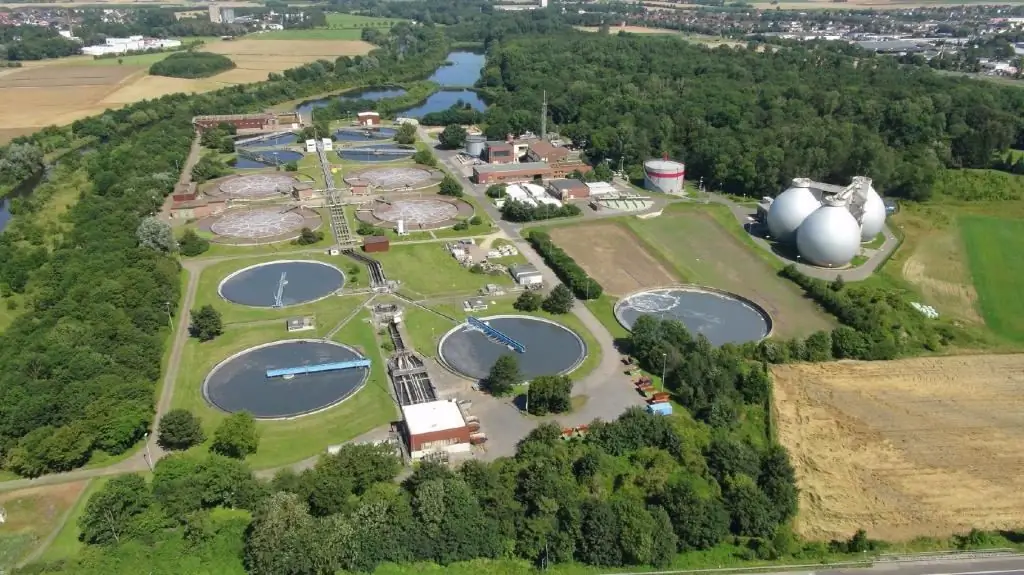2026 Author: Howard Calhoun | [email protected]. Last modified: 2025-01-24 13:10:37
Oil refineries strive to optimize their technological processes as much as possible, reducing the volume of unused production products. But the thinner and deeper the processing of petroleum feedstock, the more dangerous the waste produced, which cannot be eliminated without third-party methods. One of the areas of recycling can be called the disposal of oil sludge as one of the most dangerous types of oily waste.
Problems of oil sludge disposal

Today, the volumes of oil sludge mixtures contained in Russian refineries amount to several million tons. Basically, these materials are stored in oil-extracting, oil-refining and petrochemical plants. In most cases, the formation of such waste occurs in the process of cleaning process equipment and communication channels for delivery.oil products. The greatest environmental hazard is posed by the so-called oil sludge pits, on the sites of which local waste is stored for a long time without recycling. Interacting with the atmosphere, they emit harmful fumes without the possibility of a clear control of the boundaries of their distribution. This situation contributes to the overflow of barns with oily waste, soil pollution and an increase in the area of chemical damage.
Accordingly, the primary tasks of oil sludge disposal include the processing of these wastes within the main production facilities. Moreover, recycling can be economically justified, since oil sludge products contain up to 80% of hydrocarbons that can be used as a fuel and energy resource. Another thing is that it is not always technologically possible to rationally process oily waste with financial benefits in principle.
Collection of oil sludge

The primary stage of work with various types of oil sludge. The use of aggregates, mechanisms and devices is envisaged, with the help of which waste is removed from surfaces, from streams and other oil and water-containing masses. The charges are based on the methods of absorption of spilled oil products at the expense of auxiliary means, including the connection of emergency equipment. Next, preparations are made for the disposal of oil sludge, during which the composition of the collected materials is analyzed. Specialists performthorough and multi-factorial monitoring that allows assessing the quality characteristics of the sludge, its composition and possibilities for future processing in one way or another.
Oil sludge removal
From collection sites, waste is transported to temporary storage or disposal sites. To accomplish this task, a special vehicle is used - a suction machine. With the help of this technique, sludge is pumped out and removed. From the basic characteristics of sludge pumps, one can single out a capacity of 7 to 10 m33 (on average), a pumping depth of about 7-8 m and a chassis based on Kamaz. Now it is worth considering in more detail the methods of disposal of oil sludge at the objects of their final delivery.

Recycling through hydroprocessing
The method involves performing a heating operation, during which the waste settles with subsequent separation into separate components of the composition. Separation processes are initiated as a result of desorption of oil products contained in the waste. The fact is that the sludge is characterized by a complex physico-chemical structure, which can be composed not only of oil compounds. Centrifugal installations for the disposal of oil sludge in the form of centrifuges and decanters with high acceleration make it possible to separate oil components, mechanical and water impurities. The hydrocarbon phase can be returned to further use, and in a purified form without the need for filtration.

Physical and chemical processing
In this casedrum separators are used, in which the extraction of the target product is organized. In other words, there is a polar dissolution of the oil product itself and the active substance added to the material. The process is quite efficient, but complicated. In particular, there is a regular need to replace individual mechanical parts of the processing complex. As consumables, filters and a solvent are used, which must be regenerated. On the plus side, sludge disposal equipment such as skimmers allows complex waste disposal through flotation cleaning. Drum separators are also successfully used in oil spill response on water surfaces.
Biochemical utilization of oil sludge

It is planned to carry out the method of artificial decomposition of petroleum products using oxidizing microorganisms. An active microorganism is placed in a special tank with waste placed in it, which also provokes reclamation processes. Biochemical disposal of oil sludge has its own advantages in the form of accelerated purification of the target product and high recovery ability in relation to contaminated soil. But this method also has weaknesses, which include:
- Positive processes of recovery, decomposition and reclamation affect only a small proportion of organic oil components.
- Achieving tangible results is possible only after long-term oxidationmicroorganisms.
- Active biochemical processing requires the creation of certain temperature conditions in a narrow range.
- The method is allowed for use only in the case of materials that have a low content of petroleum products. For this reason, it is often used for the final cleaning of sludges after a significant reduction in the content of petroleum materials in the composition through other methods.
Thermal recovery of oil sludge
A wide group of methods involving thermal processing of waste with the subsequent formation of degradation products in the form of carbon and hydrogen. The simplest technology for implementing this principle is the neutralization of contaminated soils as a result of organized burning. But due to low productivity and high cost, this method was replaced by oil sludge pyrolysis - waste disposal by deep oxygen-free roasting with the conversion of petroleum feedstock into liquid and gaseous products that can be used as fuel.
Modern problems of oil sludge disposal

Despite the involvement of high-tech equipment in the recycling of oily waste, there are still many difficulties faced by enterprises operating in this area. Among the most sensitive issues are:
- Oil sludge has a complex composition. Often, such waste includes about half of the elements of the periodic table, which makes it difficult to select and apply the optimal tactics.recycling.
- High cost of recycling. Depending on the oil sludge disposal technology, the price per ton of serviced material varies from 7 to 20 thousand rubles. This applies only to the main processing process, but the intermediate stages of servicing mixtures also provide a significant addition to the estimate.
- Environmental harm from recycling methods themselves. Although the use of oil recycling technologies is in itself focused on improving the environmental background, improper use or connection of cheap and outdated methods can aggravate environmental pollution.
Conclusion

The current practice of oil waste management in Russia is more of a differentiated approach without a comprehensive solution. This is largely due to the technological backwardness of enterprises whose activities are associated with the formation or use of oil sludge. For this reason, state programs for the utilization of oil sludge are being increasingly implemented, within the framework of which it is planned to distribute innovative installations for the processing of hazardous waste. At the forefront of their developers are combining the tasks of improving the environmental situation from the point of view of state policy and obtaining economic benefits for oil refineries. In addition, not the last place among the goals of such programs is to ensure the safety and rationalization of the use of natural geosystems.
Recommended:
Low-waste and waste-free technologies: definition, description, problems and principles
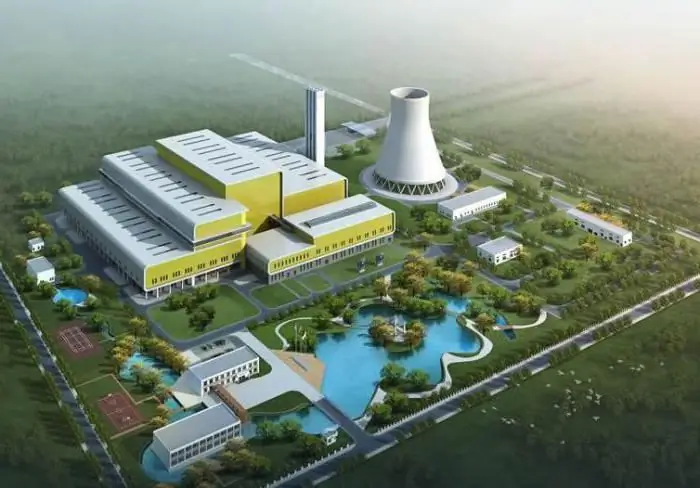
Problems of the harmful effects of industry on the environment have been worrying environmentalists for a long time. Along with modern means of organizing effective methods for the disposal of hazardous waste, options are being developed to minimize the initial damage to the environment
Waste incineration plant: technological process. Waste incineration plants in Moscow and Moscow region
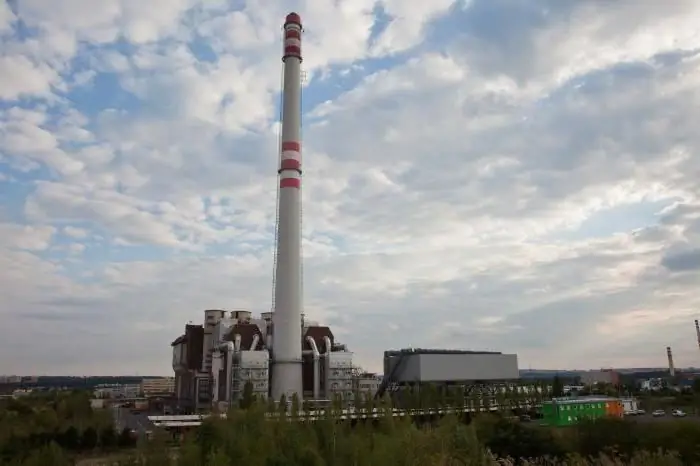
Waste incinerators have long been controversial. At the moment, they are the cheapest and most affordable way to recycle waste, but far from the safest. Every year, 70 tons of garbage appears in Russia, which needs to be removed somewhere. Factories become a way out, but at the same time the Earth's atmosphere is exposed to enormous pollution. What waste incineration plants exist and is it possible to stop the waste epidemic in Russia?
Waste sorting complex: equipment for sorting and processing household waste
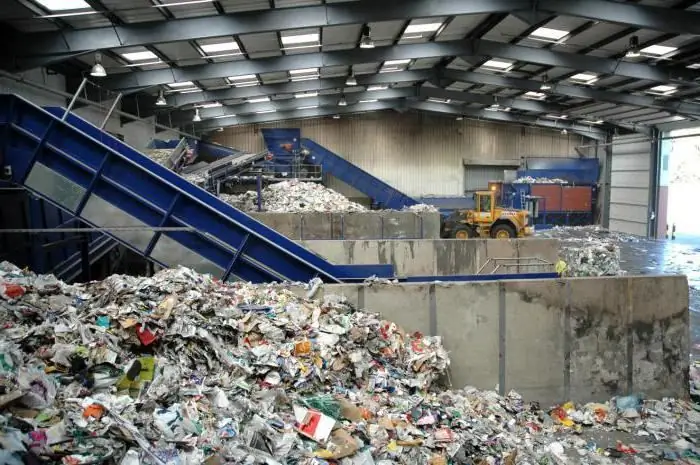
The article is devoted to waste sorting complexes. The features of this equipment, the technological steps performed, etc. are considered
Meat: processing. Equipment for meat and poultry processing. Production, storage and processing of meat
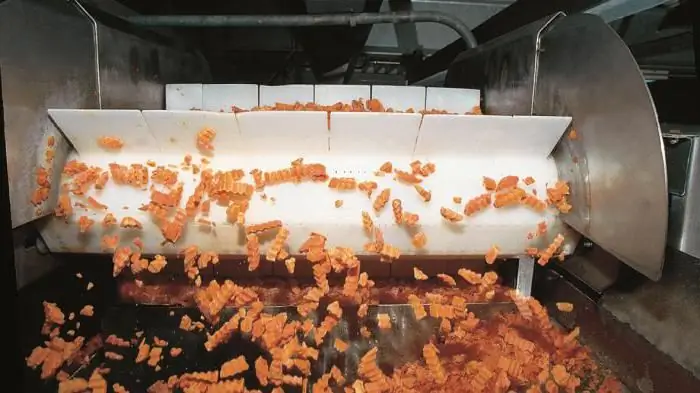
Information of state statistics show that the volume of meat, milk and poultry consumed by the population has significantly decreased in recent years. This is caused not only by the pricing policy of manufacturers, but also by the banal shortage of these products, the required volumes of which simply do not have time to produce. But meat, the processing of which is an extremely profitable business, is very important for human he alth
Slurry is sediment. Drilling and oil sludge
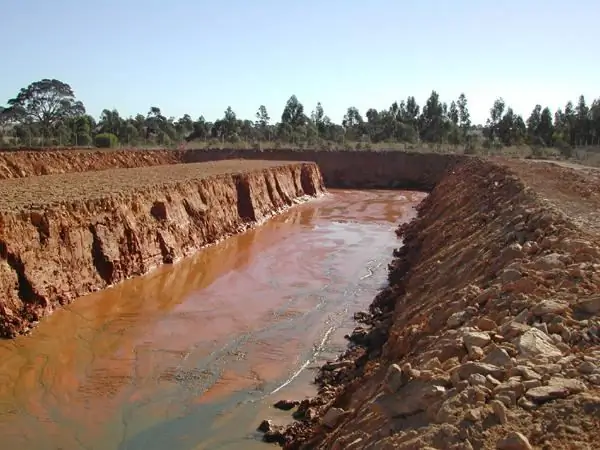
Literally translated from German, this word means - dirt. Sludge is a sediment of solid small particles that is formed during the filtration or settling of a liquid. In addition, it can be a powder formed during the electrolysis of metals. As a rule, such sludge contains microparticles of precious metals. And finally, the sludge is obtained as a result of drilling or crushing of rock

